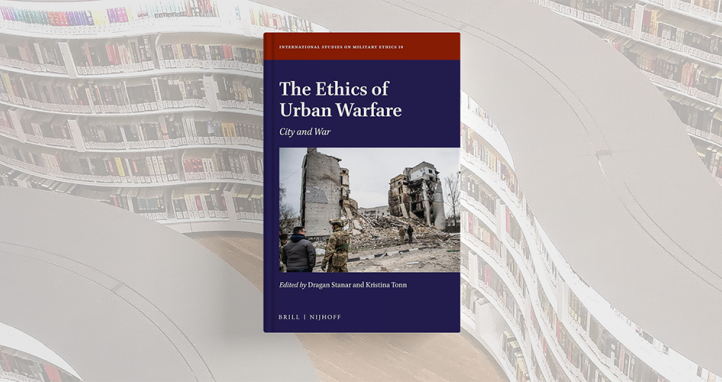Facts and figures
| GDP | $USD 84.36 billions |
| GDP per capita | $USD 3,827 |
| Currency | LKR (Sri Lankan rupee Rs රු) |
| Imports | $USD 18.46 billions |
| Exports | $USD 17.20 billions |
| Main industries | processing of rubber, tea |
The ‘Know Your Region’ series is designed to support unit and individual professional military education on the Indo-Pacific region.
Summary
Sri Lanka has reached an economic turning point after President Ranil Wickremasinghe formed a new government in July 2022 following mass protests forced the previous President out of power. Some reform has already taken place, although much more needs to be done to bring Sri Lanka’s economy back to life and generate sustainable growth.
Economy and GDP
Sri Lanka’s economy is unfortunately typified by unsustainable debt, negative growth, and large portions of the people in poverty with this number growing due to high inflation. It is considered to be in the midst of economic crisis with the country announcing it would default on its external debt in April of 2022. Its economy was weak leading into the COVID-19 pandemic and after some stabilisation in 2023, there remains significant risk moving into 2024. Sri Lanka has experienced two consecutive years of economic contraction and headline inflation reached as high as 69.8% in September 2022; although this was quickly reduced back to 4% by August 2023. The government has announced the restructuring of its debt, including that from bilateral creditors, although this is expected to take the majority of 2024 to achieve.
Sri Lanka at the height of its economic crisis ran dry of fuel as it was unable to pay for imports and was forced to print money to be able to pay government employees and pay for essential government services. The nation’s state-owned airline, Sri Lankan Airlines, is in the process of being privatised to raise government funds and reduce losses by shedding the loss generating asset. Critical economic reforms have taken place recently, but elections in 2024 may disrupt and slow economic progress. Job losses have been heavy, those below the poverty line have increased and malnutrition is rampant. Scarcity of basic resources has not only affected the general population but also reduced Sri Lanka’s ability to generate goods and services thereby limiting its future economic potential.
For further information on Sri Lanka’s economics, see the resources below:
Articles:
- Sri Lanka Overview: Development news, research, data | World Bank
- Political risks loom over Sri Lanka’s economic stabilisation | East Asia Forum
- Sri Lanka Development Update (worldbank.org)
- The Economist Intelligence Unit (eiu.com)
- Sri Lanka Economy Snapshot | Central Bank of Sri Lanka (cbsl.gov.lk)
- Economic recovery in Sri Lanka | Australian Government Department of Foreign Affairs and Trade (dfat.gov.au)
- Sri Lanka defaults on debt for first time in its history – BBC News
Trade with Australia
Australia is Sri Lanka’s 11th largest export destination and Sri Lanka’s 22nd largest import source. Sri Lanka’s largest Australian imports are education related travel, vegetables, and recreational travel. Sri Lanka’s largest exports to Australia include recreational travel, other textile clothing, and other services. Tourism between the two nations was significant prior to the COVID-19 pandemic.
For further information on Sri Lanka’s trade with Australia, see the resources below:
Articles:
- Sri Lanka country brief | Australian Government Department of Foreign Affairs and Trade (dfat.gov.au)
- Sri Lanka Country Trade Fact Sheet – DFAT
- Australia's development partnership with Sri Lanka | Australian Government Department of Foreign Affairs and Trade (dfat.gov.au)
Videos:
Know your region
Know Your Region series gives you a shortcut to understanding other nations in the Indo-Pacific region.









